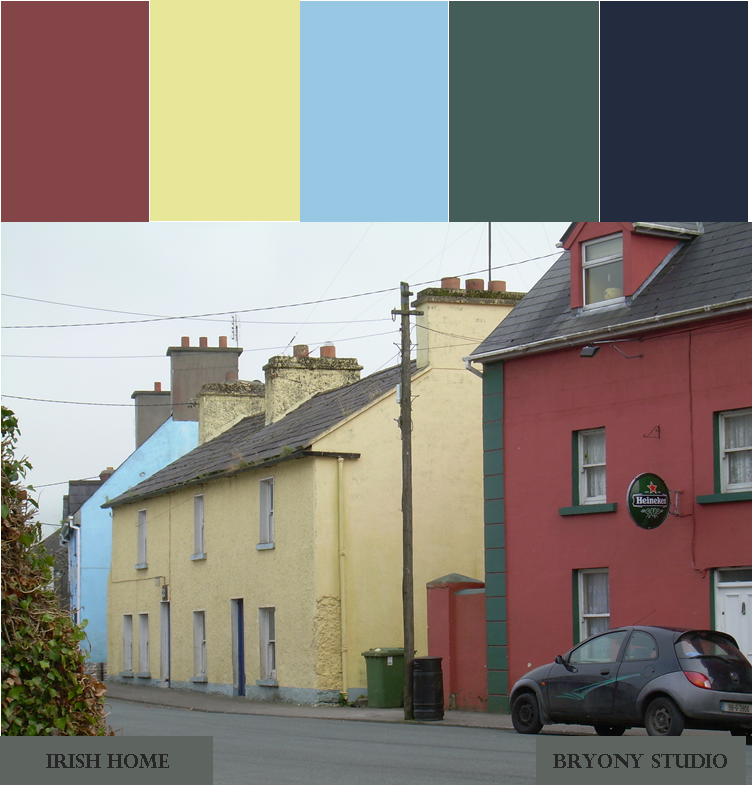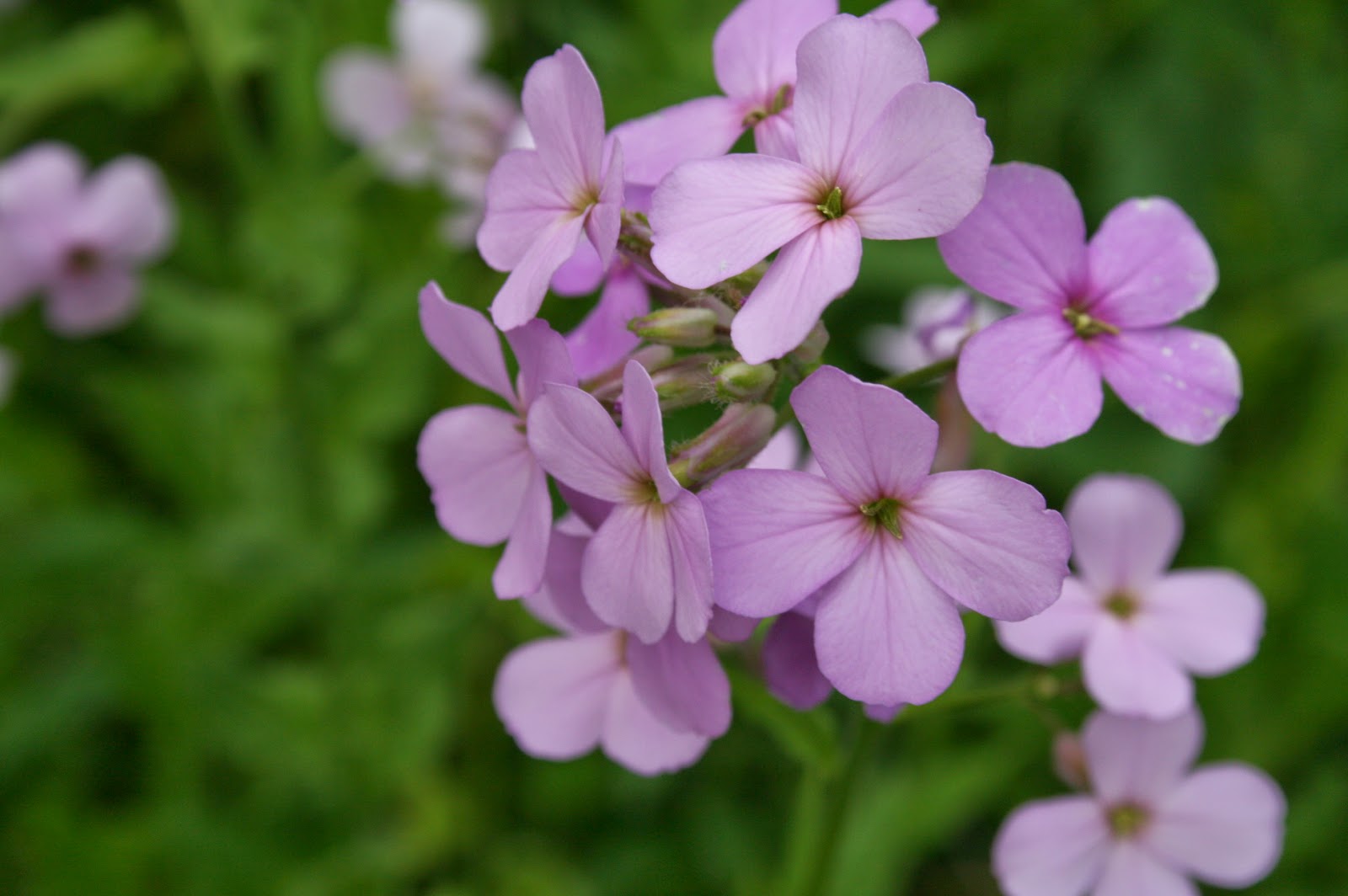I'm almost to the point where I want to make a series out of troubles with Helen the Loom, but it's more frustrating and less funny. Suffice it to say if I ever incorporate old looms into any books, I will have plenty of first hand experience. After repairing her, she broke the strings again, actually a couple times more. Finally, it was suggested that I use a thicker string to hold up the shafts. When Grandmama had the loom originally, it appeared that she used some sort of twine, but all I had handy was cotton rug warp. Oddly enough, it is only the right side that causes me trouble, the left hand side works fairly well, all things considered. I can't stomp down on the treadles like I would on a jack loom, but as long as I press gently, the loom works ... then the right side snaps. I found thread I needed for binding up a book, and will use it to bind up the side of Helen ... hopefully it will work.





